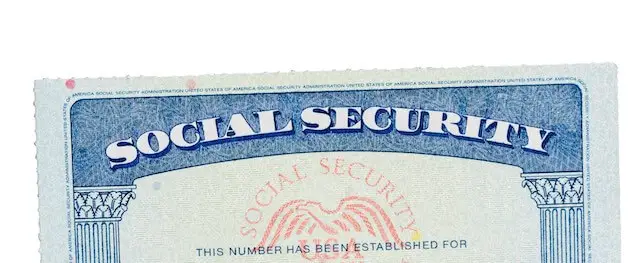The annual Trustees reports have been released for Social Security and Medicare. Although there is a slightly better picture for Social Security, the reports show that both programs remain on a course for becoming insolvent in the future.
Social Security
The 2019 Social Security Trustees report said that the combined trust funds for the program are projected to become depleted in 2035, one year later than what was projected in last year’s report.
Also of note, the report also says that starting in 2020, the Social Security will run a deficit. The report summary states:
Social Security’s total cost is projected to exceed its total income (including interest) in 2020 for the first time since 1982, and to remain higher throughout the remainder of the projection period. Social Security’s cost will be financed with a combination of non-interest income, interest income, and net redemptions of trust fund asset reserves from the General Fund of the Treasury until 2035 when the OASDI reserves will become depleted. Thereafter, scheduled tax income is projected to be sufficient to pay about three-quarters of scheduled benefits through the end of the projection period in 2093.
So what happens when the trust funds become depleted? Do checks stop being issued?
No, but they will be smaller. As the quote above states, “…scheduled tax income is projected to be sufficient to pay about three-quarters of scheduled benefits through the end of the projection period in 2093.” In other words, the payments issued would be about 75% of what they are promised to be.
Medicare
Medicare has two Trust Funds: the Hospital Insurance (HI) Trust Fund and the Supplementary Medical Insurance (SMI) Trust Fund. The 2019 Medicare Trustees report projects that the HI Trust Fund will pay full scheduled benefits until 2026 after which time it will become depleted. This is the same projection as was in last year’s report.
After it becomes depleted, the share of scheduled benefits that can be paid from dedicated revenues is 89% for the remainder of 2026, declines slowly to 77% in 2046, and then rises gradually to 83% in 2093.
On the plus side, the SMI Trust Fund SMI, which includes Medicare Parts B and D, is expected to be adequately financed over the next 10 years and beyond because income from premiums and general revenue for Parts B and D are reset each year to cover expected costs and ensure a reserve for Part B contingencies. The monthly Part B premium for 2019 is $135.50.
The Trustees project that cost growth for Medicare Part B over the next five years will average 8.3% and 7.3% for Part D. This is approaching double the annual GDP growth rate of 4.7% over the same time period.



